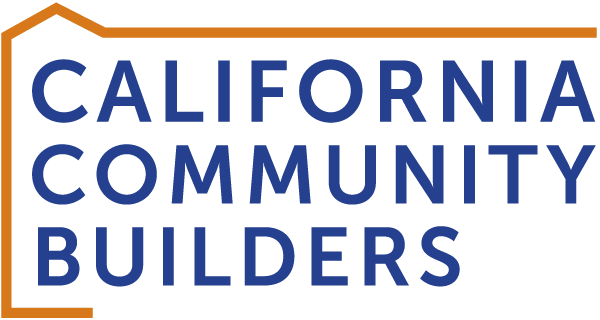California Dream for All: A Shared Appreciation Loan Program to Support First-Time Homebuyers
California Community Builders, as a part of a larger team led by California Forward and including HR&A Advisors and CSG Advisors, was selected by the State Treasurer’s Office in 2021 as the winner of the California Dream for All shared-appreciation mortgage design project. Beginning in January2022, our team worked to design a new mortgage product designed to support increased homeownership for underserved families that are currently shut out of the mortgage market. The program works by helping moderate-income, first-time homebuyers with their down payments.
The California Dream for All mortgage program will provide down payment assistance loans for first-time, moderate-income homebuyers, and create a long-term endowment for future first-time homebuyers. The proposal has been included in the 2022-23 State Budget at $500 million, with an aspiration of $1 billion annually in the coming years. If successful, the fund could help more than 150,000 California residents and create more than $130 billion in wealth through the disbursement of mortgages over 40 years.
This report lays out the rationale for California Dream for All, explaining how skyrocketing home prices have pushed homeownership out of reach of moderate-income families who once were commonly able to own their own home. Escalating prices have resulted in massive down payments that are too often simply impossible for many first-time homebuyers. Because of the racial wealth gap, this disproportionately affects families of color.
In order to solve this problem without creating new burdens on these families, California Dream forAll helps with the down payment via a loan that uses a shared-appreciation model. Instead of adding to the buyer’s monthly payments, the loan will be paid back when the property is sold, with the state sharing in any increase in the home’s value. We are pleased that this model has been adopted by the state and included in the state budget.
Resources
• Presentation to the California Senate Subcommittee on Government & Finance
• New York Times: Short on Your Down Payment? California’s Surplus Can Help.
• Wall Street Journal: California Legislative Leader Wants to Spend $10 Billion to Help Families Buy Homes
• Cal Matters: California Legislators Want to Help You Buy a House with Down Payment, ‘Shared Equity’
For more information, please contact Adam Briones.

